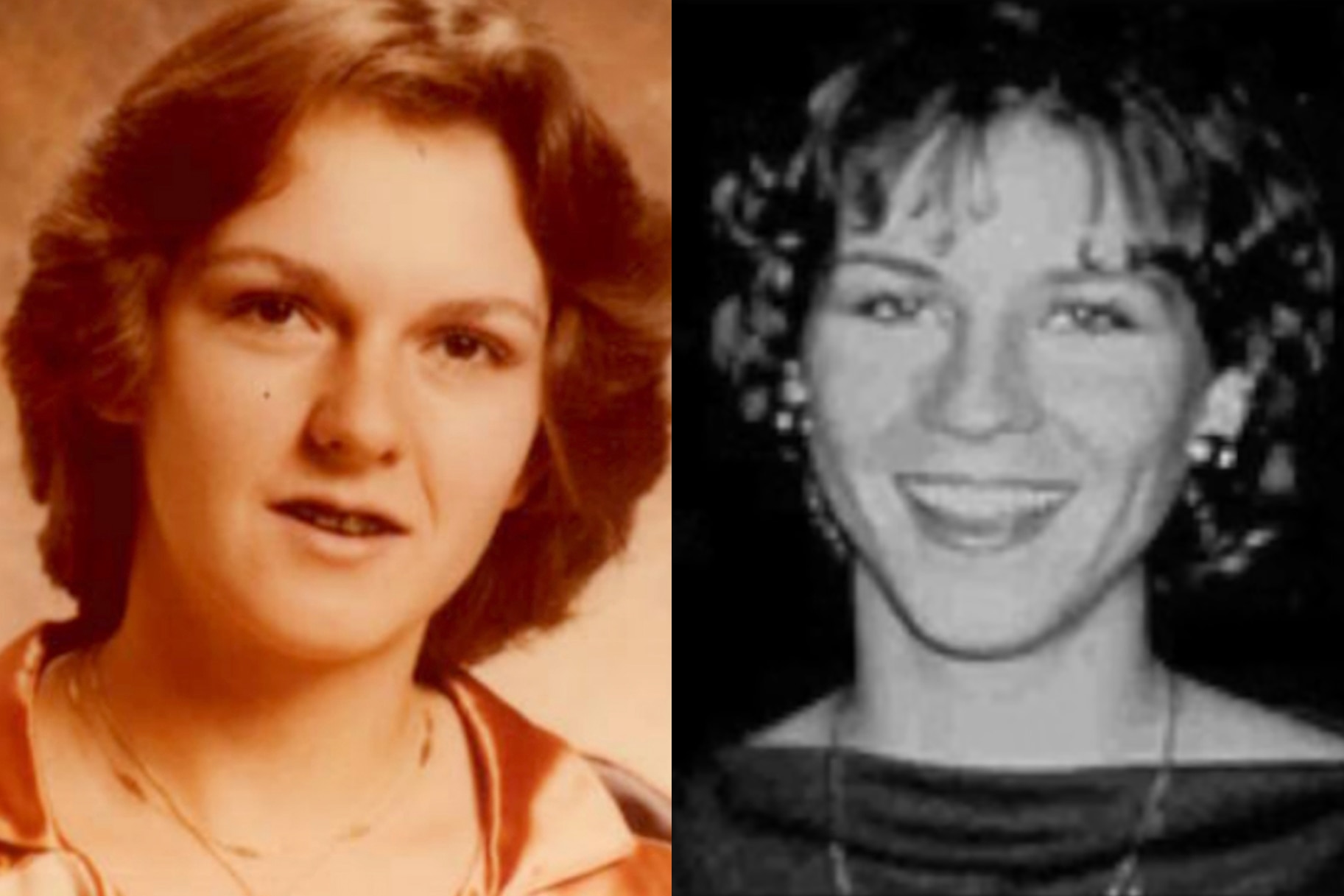Create a free profile to get unlimited access to exclusive videos, breaking news, sweepstakes, and more!
Police Identify College Student’s Suspected Killer By Linking It To Another Recently Solved Cold Case
Diana Hanson, 22, disappeared after leaving her parents home to go for a run on Dec. 30, 1983 and was discovered dead the next day by a construction worker who had stumbled upon the body, police said.

Las Vegas police announced they’ve identified the suspected killer of a 22-year-old college student after linking the 1983 murder to another recently solved cold case.
Just one week after Las Vegas Metropolitan Police announced they had identified Johnny Blake Peterson as the suspected killer in the 1979 murder of 16-year-old Kim Bryant, who disappeared from a local Dairy Queen, they announced that Peterson had also been linked through DNA to the rape and murder of another young Las Vegas woman, Diana Hanson, 22.
“This case is yet another example of the lengths that our detectives will go to in order to bring justice and closure to the families of murdered victims,” Lt. Ray Spencer said in a video update to the case. “The LVMPD homicide section will continue investigating all unsolved murders in an effort to identify the persons responsible and hold them accountable.”
Hanson had been staying at her parents Las Vegas home while on holiday break from college when she left to go on her daily jog around 4:30 p.m. on Dec. 30, 1983 and never returned, according to a police summary of the case.
Her body was found the next day around 10 a.m. in a desert area on West Spring Mountain Road, just over a mile from South Buffalo Drive, by a construction worker who had stumbled upon the body.
Police believed Diana had been abducted “somewhere along her route” and driven to the second location.
“The autopsy determined that she had been sexually assaulted,” Spencer said, adding that detectives were able to recover DNA from Hanson’s body, which they preserved for decades.
Police also found “signs of a struggle” at the crime scene.
“For the next 38 years, the LVMPD homicide section continued to work leads on this case; however, detectives were unable to identify Diana’s killer,” Spencer said.
Detectives would finally get the break they needed in the case after police linked Peterson to Bryant’s 1979 murder using genetic genealogy.
The department had reached out to Othram, Inc., a Texas-based forensic sequencing lab in August of 2021 to request advanced genetic testing on a DNA sample taken from semen left at the crime scene of Bryant’s murder.
“We took this profile and did a number of things, including a genealogical search, that allowed us to identify ever-so distant relatives,” Dr. David Mittelman, the CEO of Othram, Inc. told Oxygen.com last week. “And with a lot of distant relatives, we were able to piece back together through public records and family trees, a plausible identity for who the donor of the DNA was.”
After this discovery was made, Spencer said detectives got “additional information” about Peterson’s “possible involvement” in Hanson’s murder and were able to directly compare the DNA evidence recovered from Hanson’s body to Peterson, which led to a match.
However, Peterson will never receive his day in court for either murder. He died in 1993.
According to Spencer, detectives are now reviewing other homicide cold cases to see if there is any “possible connection to Peterson.”






















